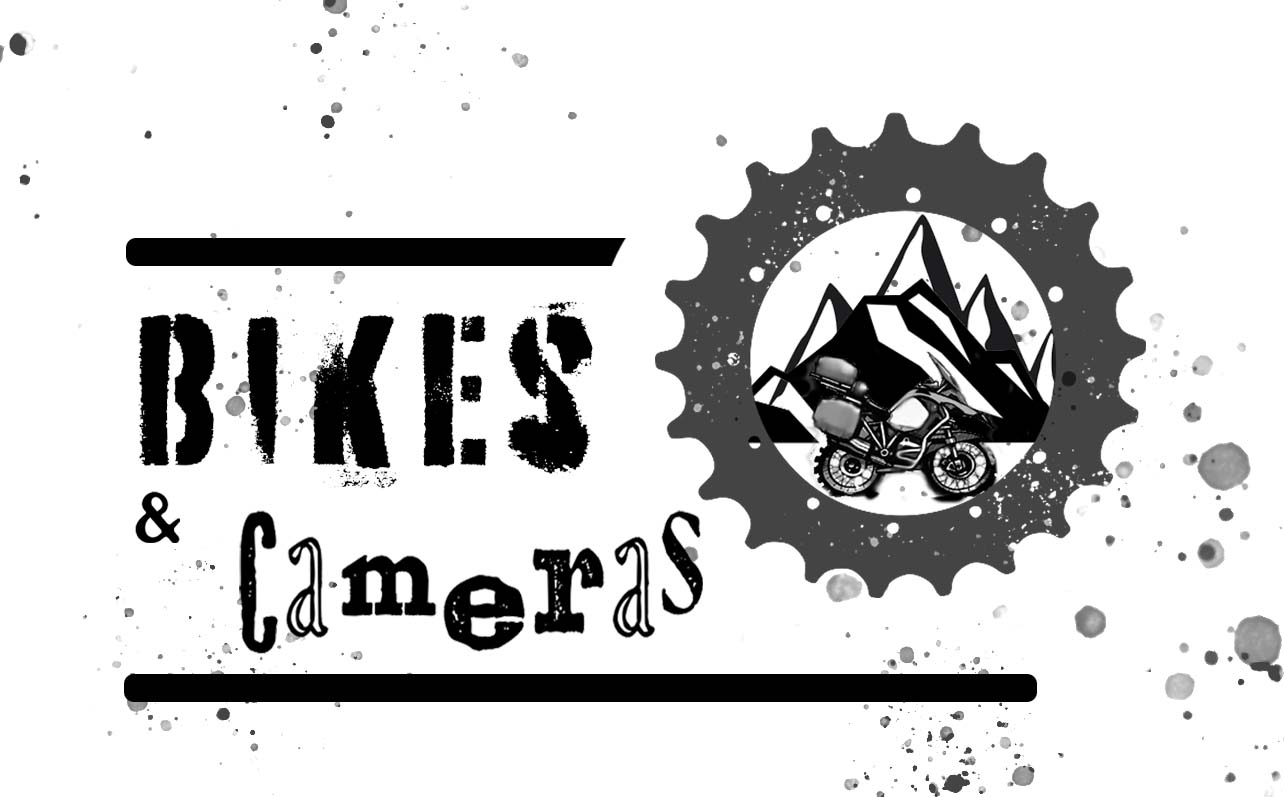Photography is an art form that captures moments in time and allows us to relive them through images. To be able to create great photographs, it is important to understand the fundamental concepts of photography. In this article, we’ll explore the three most important concepts in photography – aperture, shutter speed, and ISO – and how they can be used in motorcycle photography.
Aperture for motorcycle photography:
Aperture refers to the size of the opening in your camera’s lens that allows light to pass through. The aperture is measured in f-stops and controls how much light enters the camera. A wider aperture (smaller f-stop number) lets in more light and creates a shallow depth of field, resulting in a blurred background and a sharp subject. Conversely, a smaller aperture (larger f-stop number) lets in less light and creates a deep depth of field, resulting in a sharp background and subject.
One of the most common techniques used in motorcycle photography is to use a wide aperture to create a shallow depth of field. This technique can be used to blur the background and create a sharp subject, emphasizing the details of the motorcycle. For example, if you want to capture a close-up shot of the motorcycle’s exhaust pipe, you can use a wide aperture (such as f/2.8 or f/4) to blur the background and create a dramatic image.
Shutter Speed for motorcycle photography:
Shutter speed is the amount of time your camera’s shutter is open when taking a photograph. It is measured in seconds or fractions of a second. A faster shutter speed freezes motion, making it ideal for sports and action photography. Conversely, a slower shutter speed creates motion blur, which can be used to create interesting and artistic effects.
Motorcycle photography often involves capturing the motion of the bike, whether it’s racing down a track or cruising along a scenic route. To capture the motion of the motorcycle, a slower shutter speed can be used to create motion blur. For example, if you’re photographing a motorcycle racing down a track, you can use a slower shutter speed (such as 1/60s or slower) to capture the motion blur of the bike, while keeping the background sharp.
ISO for motorcycle photography:
ISO refers to the sensitivity of your camera’s sensor to light. A higher ISO makes the camera more sensitive to light, allowing you to capture images in low light conditions without having to use a flash. However, a higher ISO can also result in more digital noise or graininess in your images. A lower ISO produces images with less noise, but requires more light to produce a well-exposed image.
Motorcycle photography often takes place in low-light conditions, such as during a sunset or in a dimly-lit garage. In these situations, a high ISO can be used to capture the image without having to use a flash or tripod. For example, if you’re taking a photograph of a motorcycle at night, you can increase the ISO (such as ISO 1600 or higher) to capture the image without having to use a flash.
The relationship between aperture, shutter speed, and ISO is often referred to as the exposure triangle. These three settings work together to control the amount of light that enters your camera and how that light is captured on your camera’s sensor. By understanding the exposure triangle, you can achieve a well-exposed photograph that captures the mood and atmosphere of your subject.
In conclusion, mastering aperture, ISO, and shutter speed is essential for capturing stunning motorcycle photographs. By using a wide aperture, high ISO, or slower shutter speed, you can create unique and dramatic images that showcase the beauty and power of motorcycles. However, it’s important to experiment with these settings to
find the perfect balance of exposure for each shot. Remember, the exposure triangle is a guide, not a rule. Don’t be afraid to experiment and try different settings to achieve the desired effect.
In addition to aperture, shutter speed, and ISO, there are many other factors to consider when taking motorcycle photographs. Composition, lighting, and camera angles all play a critical role in creating a great photograph. Take the time to explore different angles and lighting conditions to find the perfect shot.
Finally, remember that photography is an art form, and the most important thing is to have fun and express your creativity. Don’t be afraid to try new techniques and take risks with your photography. With practice and patience, you can master the fundamentals of photography and create stunning motorcycle photographs that capture the essence of these incredible machines.



